% CD4, Absolute CD4+ Cells, % CD8, Absolute CD8+ Cells, CD4/CD8 Ratio, Absolute Lymphocytes
(Specimen Container)
EDTA (lavender-top) tube
(Transport Temperature)
| Temperature | Period |
|---|---|
| Room temperature | 72 hours |
| Refrigerated | Unacceptable |
| Frozen | Unacceptable |
Hemolysis
Lithium heparin (green-top) tube
ACD (yellowtop) tube
Clotted
If a CBC is also required, a separate EDTA (lavender-top) tube must be submitted.
Lymphocyte Subset Panel 4 – This panel separately reports CD4+ T cells (CD4) and CD8+ T cells (CD8) in the blood, as well as a calculated CD4/CD8 ratio. This panel may provide information of the immune status of individuals living with HIV. It can be used to help establish baseline values and track antiretroviral (ARV)-related treatment progress. It can also be used to evaluate helper and suppressor cell immune status in individuals with other immunodeficiency diseases. The CD4 count is the most valuable indicator of immune status in HIV-infected individuals. It can help determine the need for prophylaxis for opportunistic infections and the urgency of ARV initiation. The CD8 count reflects the level of immune activation in response to HIV. In the early stages of infection, CD4 levels and the CD4/CD8 ratio typically decline after seroconversion occurs. However, after seroconversion, CD8 cells increase in an attempt to mount a response against HIV. In ARV-treated patients with controlled viral load, CD8 counts. Post-therapy, persistently elevated CD8 counts have been linked to increased risk of non–AIDS-defining diseases, independent of CD4 count, including cardiovascular, renal, respiratory, metabolic diseases, and cancer [1-3]. This panel can be used to establish baseline CD4 and CD8 levels, as well as percentages and ratios, which help determine how long the virus has been present in the blood and the overall prognosis. During ARV treatment, this panel can help assess CD4 recovery and CD8 response to treatment [1,2]. During the first 2 years of ARV therapy, The National Institutes of Health recommends testing CD4 every 3 to 6 months. Patients who develop viremia while on therapy or whose CD4 count stays below 300 cells/µL. should also have their CD4 levels tested every 3 to 6 months. After 2 years of ARV therapy, with consistently suppressed viral load and a CD4 count of 300 to 500 cells/µL, CD4 counts should be tested every 12 months. CD4 testing should also be conducted if therapy fails. Note that CD4 testing is optional when CD4 counts are >500 cells/µL [1]
See Laboratory Report

